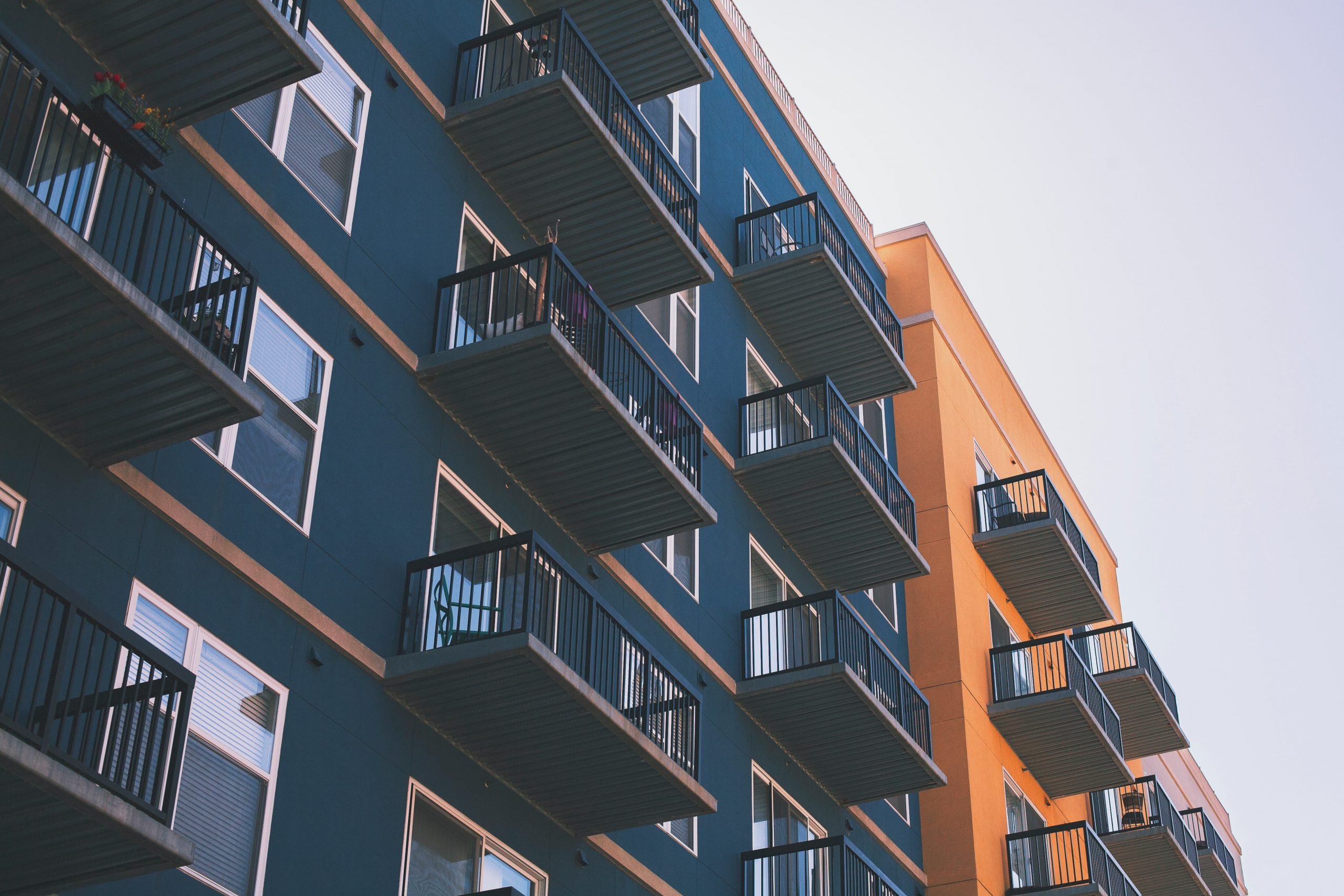4 min.

Editorial Invest in Slovakia

At the end of May this year, the Parliament approved a law that is supposed to contribute to the construction of rent-regulated apartments with a guarantee of long-term housing. Although this type of housing has many advantages, it raises a fundamental question: Does it really have the potential to change the established "stereotype" of the need to live in one's own home?
Rental apartments are very popular at the moment. According to information from 2020 the average ratio of rented to owned dwellings in the European Union countries was 30:70. Germany topped the ranking with 49.5 % of rental housing, while Slovakia was second to last with 7.7 % of rental housing. To give a better idea, the Czech Republic had approximately 21 % and Austria almost 44 %.
Slovaks are said to be used to owning, but "tof there had been no sale of state flats (1989 privatisation of the state housing stock), rental housing in Slovakia would have been at the level of other EU countries," says Ing. Ladislava Cengelová, Director General of the Housing Policy and Urban Development Section, Ministry of Transport and Construction of the Slovak Republic.
Economic realities may push many owners to change, she said. Spending more than 40 % of a household's net income on housing-related costs, including loan repayments, is extremely threatening - without financial reserves, even losing 2 months' income can make you unable to pay your mortgage. In the case of rental housing, this situation can be resolved more quickly and easily. The tenant is also relieved of several maintenance worries.
According to Ing. Cengelova, it is also important to change the mental image of rental housing in the minds of Slovaks. "This is not about housing for excluded groups, the hostels and social rented flats are now beautiful flats with 21st century standards," she said in the podcast of the National Association of Real Estate Agencies of Slovakia. "This form of housing is absolutely common abroad, for example in Germany 50 % Germans live in rental housing," he adds.
The care of rental housing is the responsibility of cities and municipalities, not the state. The construction of rental housing has therefore had in recent years rather a downward trend. Between 2009 and 2016, the proportion of completed rental dwellings out of the total number of completed dwellings decreased from 12.24 % (2,305 completed dwellings) to only 2.29 % (359 completed dwellings).
This problem is to be solved by the new law, in particular through the regulated price, which should be 30 % lower compared to commercial housing. The exact amount is not yet known, but the regulated rent is to be recalculated each year based on inflation.
There is a shortage of about 400 thousand flats in Slovakia. That is a staggering number. We have a large demand, which is many times higher than the supply.
Ján Pálenčár, President of NARKS
Experts say the situation is now critical. Also due to the long-term housing shortage, according to Eurostat, up to 65.2 % of 18-34 year olds still live with their parents, compared to the EU average of 49.5 %. The situation in the commercial rental sector has also been exacerbated by the war in Ukraine and the influx of refugees from that country, especially in large cities, where supply has halved and prices in some segments have risen by almost a quarter.
The current system of support for the acquisition of rental housing is graduated according to the target social groups.
However, it is still about supporting rental housing for those who cannot provide it on their own. In the past, funds from the State Housing Development Fund have been directed mainly to smaller municipalities. Today demand is also growing from larger municipalities and regional towns such as Bratislava, Žilina or Prešov. This is also thanks to the increase in procurement cost limits.
"In order to migrate the workforce, a new purpose of support from the ŠFRB was created, the accommodation house. The municipalities and the private sector are still getting acquainted with it, as these accommodation houses can accommodate persons without income restrictions, i.e. firefighters, police officers, doctors, nurses and other persons whose income exceeds 5 times the minimum subsistence level." - Ing. Tomáš Lamprecht, Director General of the State Housing Development Fund.
At first glance, rental housing looks like a great solution, especially for people who cannot afford traditional commercial housing. However, when you look into the law two bigger problems.
The first is the payment of rent. Subtenants will be required by the state to pay Rent for 3 to 6 months in advance. People with more difficult living conditions are unlikely to be able to afford this, even if rents are lower.
The second problem or risk is that the flats are to be built with 5% VAT. The reduced rate is to be applied to the delivery of a building, including a building plot, that will qualify as state-assisted rental housing. It is also applicable to the renovation and conversion of these dwellings. This could create an imbalance in the market.

Under the investment contract with the State, the investment fund is obliged to operate the housing stock for at least 25 years. After this period, it can sell it, but not to private tenants, but only to the next to a licensed investment fund. The state thus avoids the risk that the new owner would evict the tenants and sell off the flats.
An independent real estate investor does not have the ability to invest in public rental housing. In addition, the aforementioned regulated housing means that rents for state rental housing will be below market levels. There are several investment opportunities on the market in properties for commercial rental housing or commercial rental office space. Here, however, the long-term yield is somewhere between 2-3 %. Below long-term inflation, on the other hand, has been higher than the rates on fixed deposits in banks for 2 years or more in the last two years (after a spike, rates averaged 1 % in June this year). If you are looking for a better alternative, read our article on the subject.




